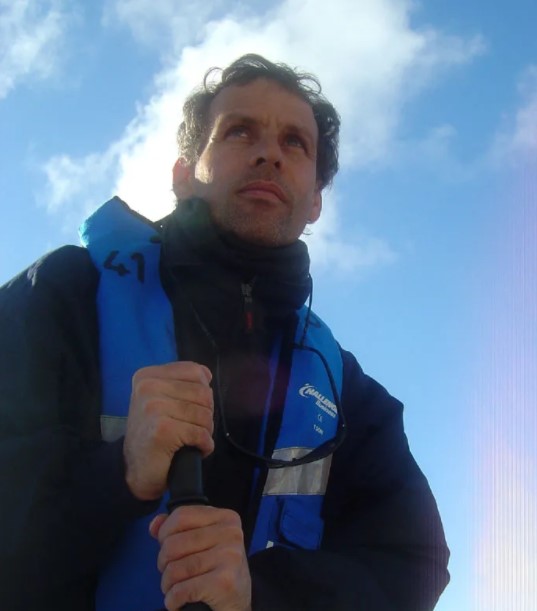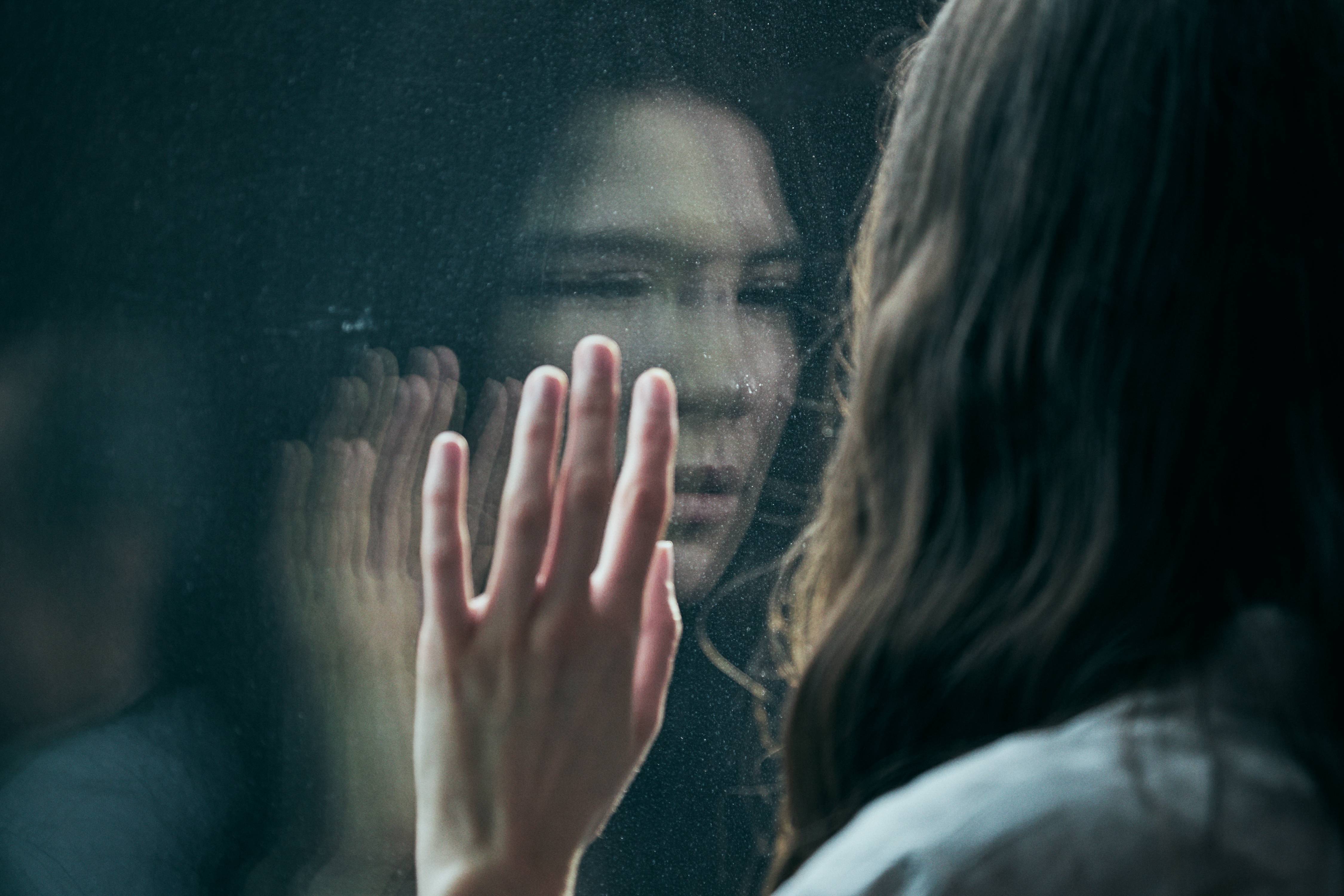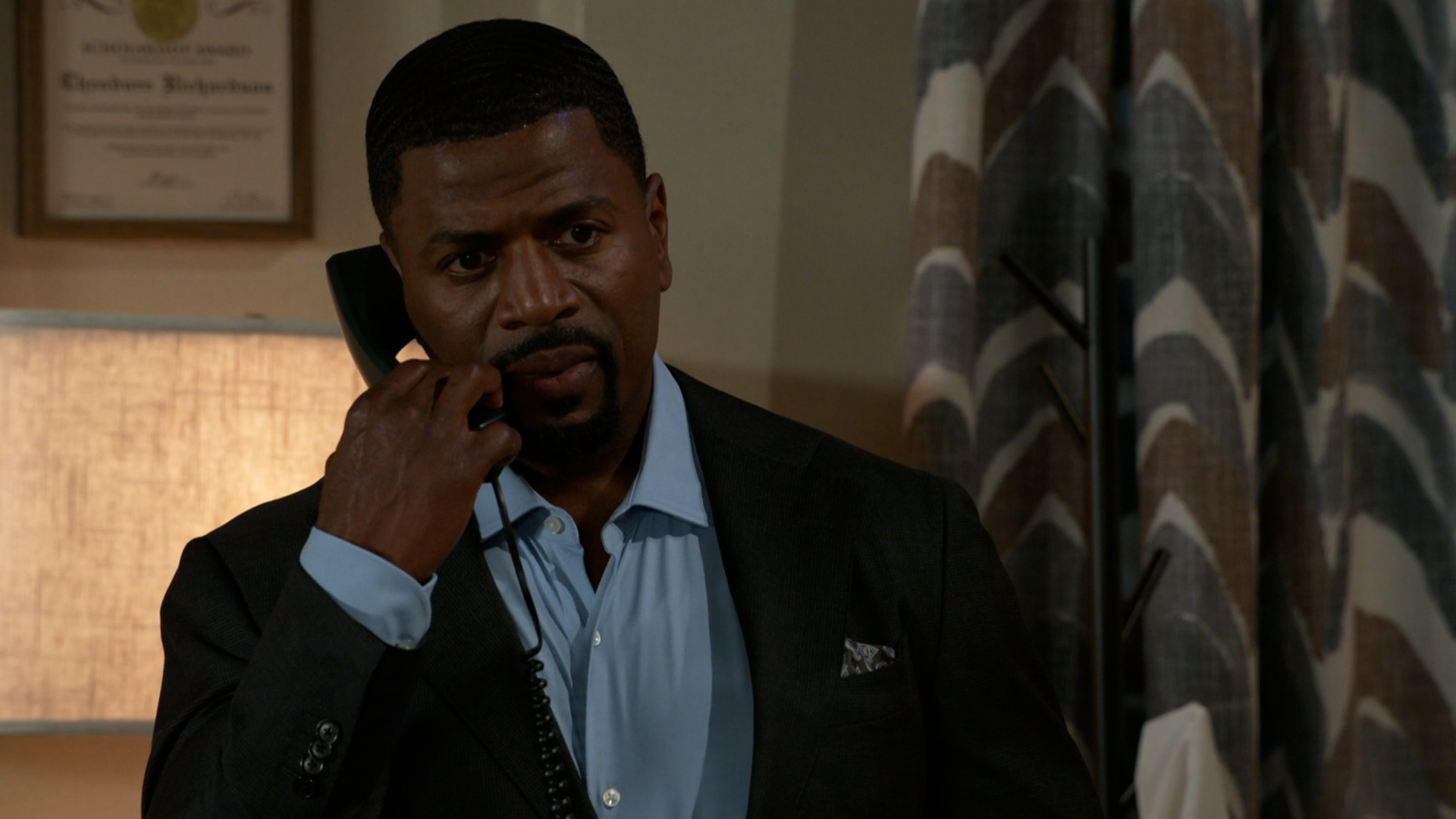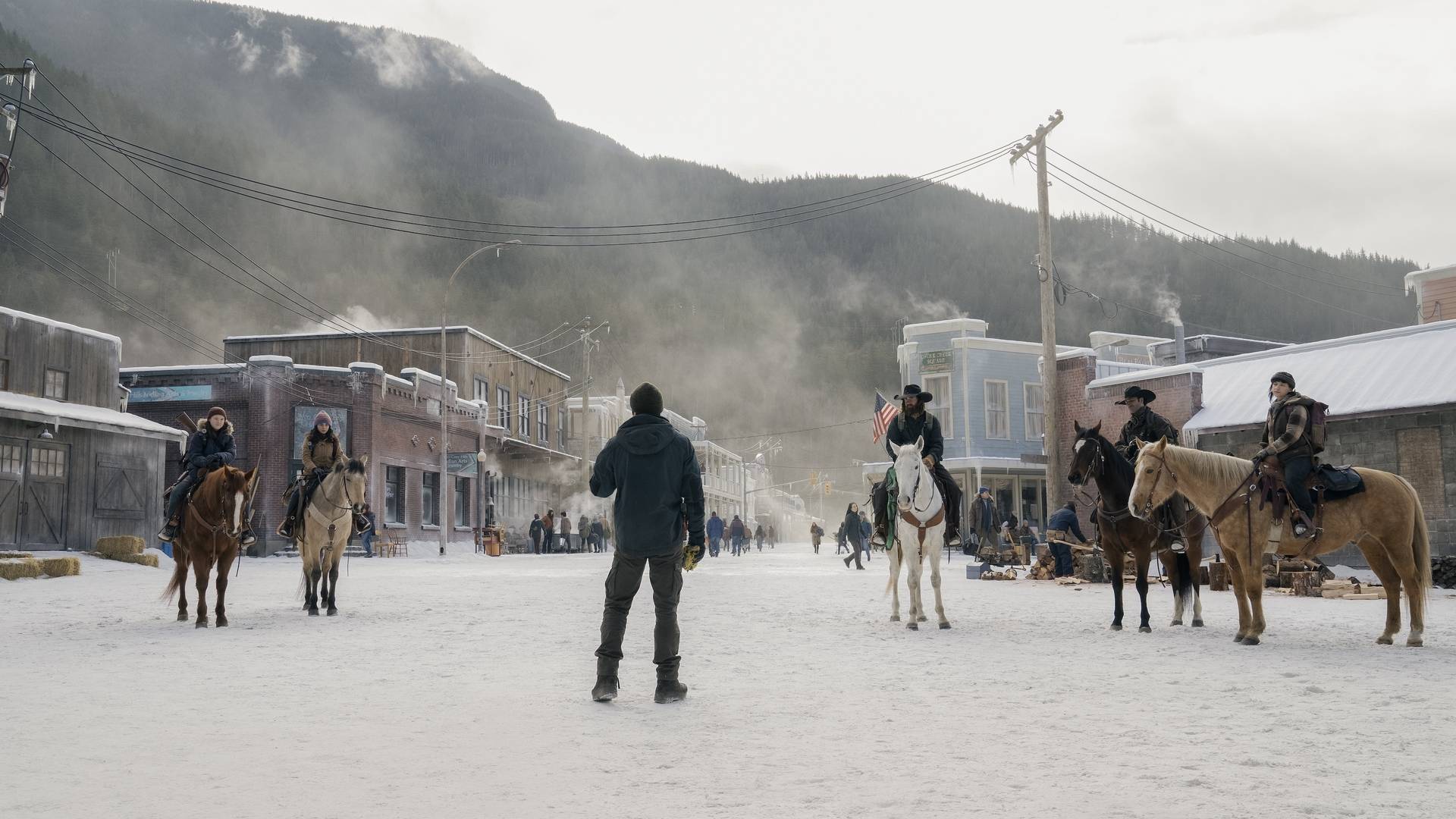The Revenant | Film review - Leo pulls through in a ferociously gripping tale of survival and revenge
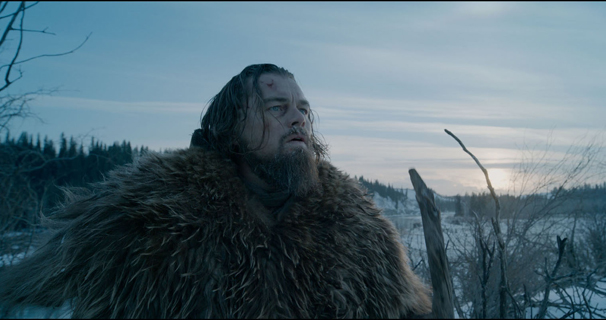
Set amid the untamed, brutally unforgiving wilds of the American West in 1823, Alejandro González Iñárritu’s The Revenant is a ferociously gripping tale of survival and revenge that looks set to win Leonardo DiCaprio his first Oscar.
Catnip to Academy voters, the privations DiCaprio reportedly endured during the film’s famously tough shoot – sleeping inside an animal carcase and eating raw buffalo liver among them – are already accruing a mythic aura, but they pale before the legendary hardships suffered by the character he plays, a real-life mountain man named Hugh Glass.
The guide to a fur-trapping expedition to the upper reaches of the Missouri river, Glass helps the decimated band escape a pitiless attack by an Arikara war party but is subsequently abandoned by the two companions left to care for him after he is savagely mauled by a mother grizzly bear.
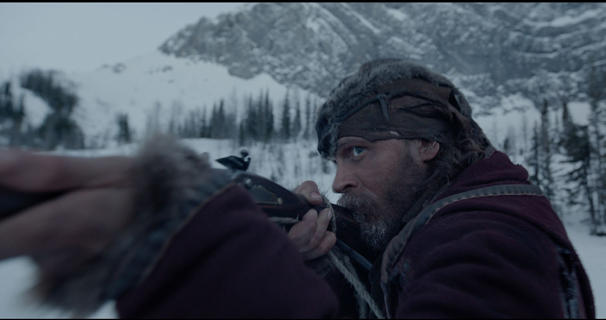
Somehow Glass pulls though, only to face a seemingly relentless series of further ordeals. He cauterizes his own wounds with gunpowder, gets shot at by Arikara warriors and French traders, and plummets over rapids and a cliff, all the while hauling himself through miles of snowy wilderness to exact revenge on his chief betrayer, Tom Hardy’s self-serving trapper Fitzgerald.
Shooting in natural light in long sinuous takes, Iñárritu and cinematographer Emmanuel Lubezki, the director’s collaborator on last year’s fizzing black comedy Birdman, film all this with bone-chilling realism, creating a spectacle so terrifyingly immersive that we feel almost as buffeted and frozen as Glass.
DiCaprio is awesome. His role is largely wordless – when he does speak it’s usually in subtitled Pawnee – but DiCaprio is brilliant at conveying Glass’s psychological turmoil as well as his almost impossible reserves of frontier grit. Hardy is very good, too, as Glass’s sullen nemesis, and there are impressive contributions from Domhnall Gleeson as the expedition’s out-of-his-depth leader and from Will Poulter as a callow but compassionate young trapper, the story’s wavering moral compass.
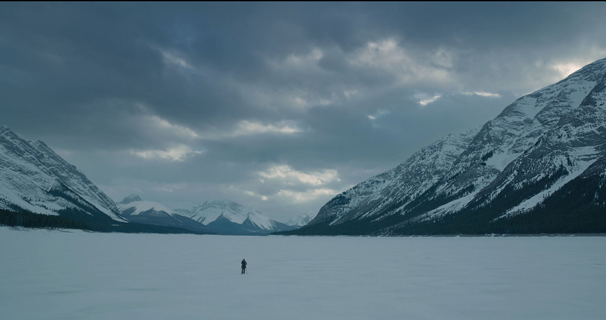
Beside Glass, however, the film’s major character is the fiercely beautiful American landscape. Iñárritu and Lubezki pay rapt, rhapsodic attention to the story’s natural surroundings, directing our gaze towards towards water flowing, trees swaying, snow falling. At times like these the film recalls Terrence Malick, with an occasional whispered voice-over from Glass’s dead Pawnee wife enhancing the resemblance.
Get the What to Watch Newsletter
The latest updates, reviews and unmissable series to watch and more!
Unlike Malick, however, Iñárritu gives no sense of a pantheistic oneness with creation; nature here is indifferent to man’s fate. Indeed, opening and closing with striking images of blood-soaked ground beside a river - first animal blood, then human - The Revenant instead suggests a circle of death rather than a circle of life.

Certificate 15. Runtime 156 mins. Director Alejandro González Iñárritu
http://www.youtube.com/watch?v=LoebZZ8K5N0
A film critic for over 25 years, Jason admits the job can occasionally be glamorous – sitting on a film festival jury in Portugal; hanging out with Baz Luhrmann at the Chateau Marmont; chatting with Sigourney Weaver about The Archers – but he mostly spends his time in darkened rooms watching films. He’s also written theatre and opera reviews, two guide books on Rome, and competed in a race for Yachting World, whose great wheeze it was to send a seasick film critic to write about his time on the ocean waves. But Jason is happiest on dry land with a classic screwball comedy or Hitchcock thriller.
